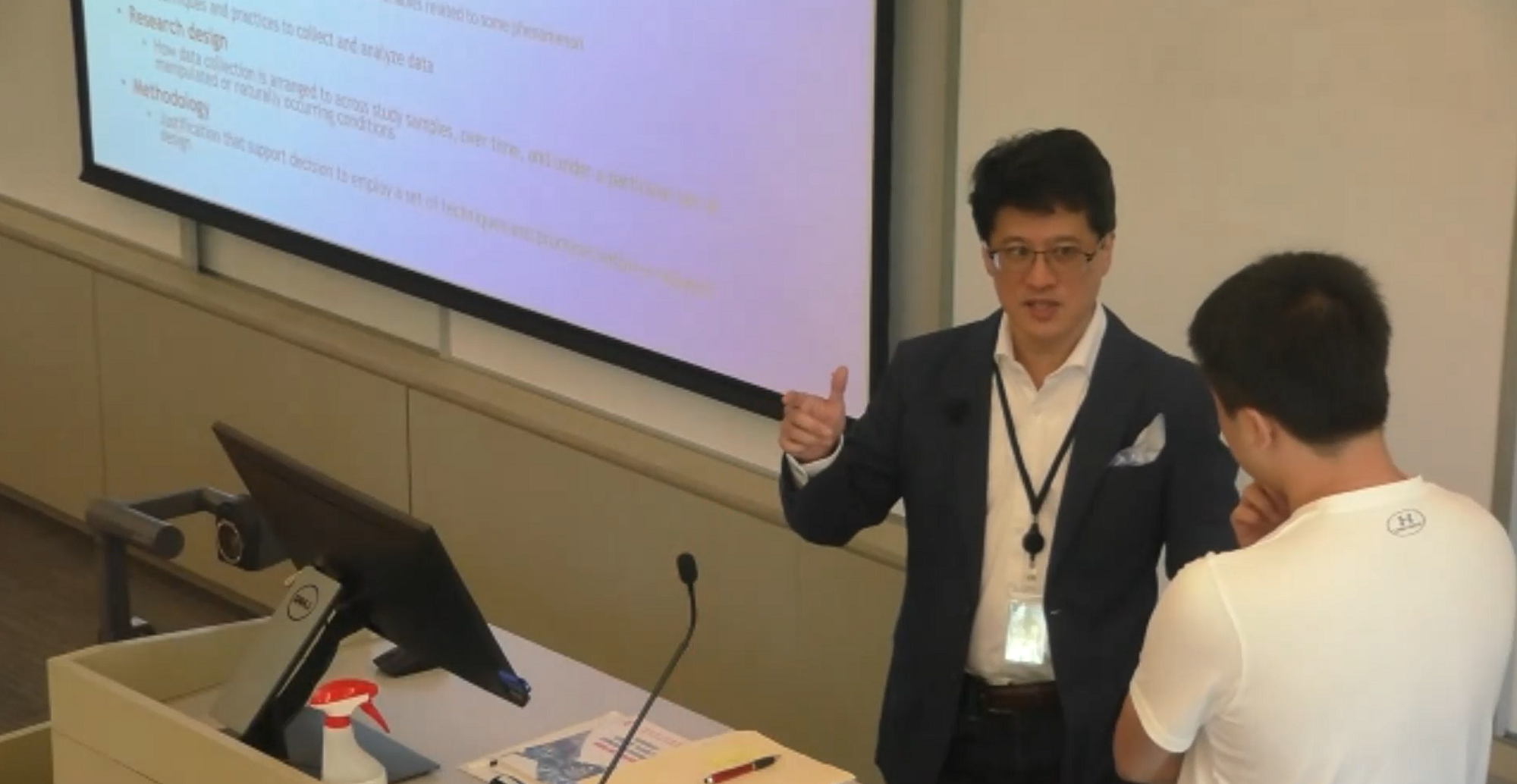I left off my last post by asking why having an increased
number of choices works well at Starbucks, but seems to cause confusion when
buying jam. The difference often comes down to knowing our own preferences. For
everyday decisions with immediate feedback, like buying coffee, we are able to
establish our favorites relatively easily. And if the wrong choice is made, the
cost is low and we’ll only have to live with it for about an hour. Choosing the
wrong jam may stick with you a little longer – perhaps a month, depending on
how often you enjoy jam on toast. And consider really big decisions like where
to put your retirement savings – it’s a decision made rarely, with no immediate
feedback and very high stakes for choosing wrong. Too much choice can certainly
be overwhelming in such an environment.
Luckily, we can propose solutions for individuals
overwhelmed by choice. We can find ways to provide faster feedback so poor
choices can be corrected quickly. We can also help consumers deal with choice
by offering more information and assistance in discovering the relevant
attributes and tradeoffs, thus helping them discover their own preferences. Or
we can provide a hierarchy of choice, so that as a consumer’s preferences
become more refined over time, more customization becomes available to him. For
example, we can offer starter packs of a variety of small jam jars, or ask more
questions about when and where you eat jam, or devise rating scales that help
you better quantify your jam preferences. Although greater choice has the
downside of sometimes being overwhelming, it is a downside we can manage, and
the extra effort is often worth it.
But with all the focus on how overwhelming too much choice
can be, a different downside to unlimited choice and increased control has been
somewhat overlooked: the threat of temptation. (This also happens to be the
aspect of choice that I find most interesting.) Think again of the buffet
table. Once you overcome your initial surprise at just how much there is to
choose from and you begin loading your plate, you face a new problem: how to
know when to stop. It’s hard not to overeat with so many good options in front
of you! As a result, many weight-conscious individuals have devised personal
rules to constrain themselves, such as only a certain number of trips to the
buffet line per visit, or a certain number of buffet restaurant visits per
month, or even no visiting buffet restaurants at all.
It isn’t hard to think of lots of other self-control rules
that people impose on themselves to rein in the temptation that comes with
increased choice. Shoppers put budgets on how much they can spend during a trip
to the mall. They vow to visit only the store that carries the item they intend
to buy that day, without making any other stops. They only allow themselves to
buy tempting grocery product if they’re on sale or have a coupon. One of my
personal favorites – they vow to drink certain bottles of wine only on special
occasions. Unfortunately, although these rules work well to control
temptations, they can also make the consumer worse off overall. Untold bottles
of special wine have gone bad waiting for the special occasion that never
arrived.
So how do we, as marketers, find ways to help consumers deal with the increased temptations that come with increased choice? And is it even in our interest to do so? In my next post, I’ll talk about how companies who are aware of these self-control problems have found some creative ways to help consumers save themselves from their own bad behaviors.

Marketing Bondage: How Companies Can Benefit By Giving Consumers Handcuffs
Steve Shu here. OK. I took a little liberty with the title of this post as my wife is away for an extended period teaching in France at the business school at INSEAD, and she asked me to help her